Oh acne. It really does know how to ruin a good time, doesn’t it? Although it’s most commonly seen as something that only occurs in teenagers, acne affects men and women at any age. Our hormones and stress levels change constantly which changes the condition of our skin. It is so important to remember that just because someone is experiencing acne doesn’t mean they have a bad skincare routine. Skincare is definitely not the cure all for many people with acne. However, improving your routine never hurt anybody!!
Now that you already have your essentials routine from my Skincare 101 blog, you can begin to add in treatments for acne. These include serums, oils, face masks, and spot treatments.
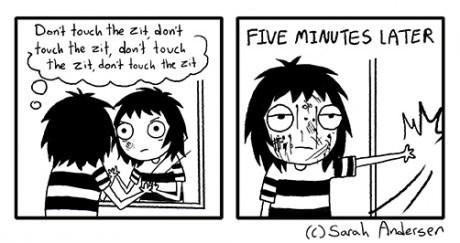
*Disclaimer: As I cannot see, touch, or feel your skin, it is difficult to provide the best recommendations. I do my best by supplying numerous options, but it takes time to discover what works best for your skin. If more personalized advice is desired, please contact me!*
Types of Acne
When treating acne, it is crucial to know what type or types you are experiencing. Not every pimple is the same!
- Whitehead: a closed clogged pore.
- Blackhead: an open clogged pore.
- Papule: small red lesions that do not contain pus. They occur from a blocked pore mixing with bacteria and oils on the skin.
- Pustule: similar to papules, but contain pus. They are an infected blocked pore.
- Nodule: infection deep within the pore causing a pink, or flesh colored lesion. Usually need assistance from a dermatologist.
- Cyst: Similar to nodules but do contain pus. Painful and infected, can spread bacteria easy to surrounding areas under the skin’s surface. Need intervention from a dermatologist.

Serums for Acne Treatment
What are serums?
Serums are water based products to target a specific skin condition or type. They absorb into the skin quickly and can be gel-like, sticky, or feel almost like water. Typically, they are applied first after cleansing and before your moisturizer. There are so many types of serums and it can take a while to find the perfect one for your skin, but looking for certain ingredients help when you feel overwhelmed. So please consult my table below:
| Ingredients to look for: |
| Willow Bark |
| Salicylic Acid |
| Glycolic Acid |
| Retinol or Bakuchiol (retinol alternative) |
| Lactic Acid |
| Sulfur |
| Clay (kaolin or bentonite) |
| Tea Tree Oil |
| Benzoyl Peroxide |
| Azelaic Acid |
We talked about the importance of exfoliation previously, and many serums for acne include exfoliating acids. The key point here is to not over exfoliate. If you choose an exfoliating serum, then don’t also use an exfoliating toner in the same day! This over exfoliation can wreak havoc on the skin’s barrier and end up hurting more than helping.
Common examples of over exfoliation- Cleanser, BHA toner, glycolic night serum, moisturizer.
-or it can look like this-
Makeup wipes, cleanser, facial scrub, clay mask, moisturizer
Is two forms of exfoliations always a no go? Of course not. There isn’t a super rigid line in skincare because we are all different! But, when prescribing your own treatments at home, keep the skin barrier in mind and protect it first. The root of acne is inflammation, so we want to nurture it before going in and over doing it.
Best Serums for acne:
$ The Ordinary Niacinamide 10% + Zinc 1%: helps balance oil production and calms inflammation, reduces look of pores
$ Inkey List BHA Blemish + Blackhead Serum: perfect for clearing blackheads and congested pores

$ Differin Gel: prescription strength retinol, should be only active treatment used for clearing and acne prevention
$$ Versed Just Breathe Clarifying Serum: good for all types of acne lesions, gentle exfoliating serum
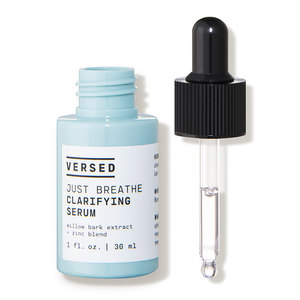
$$$ Drunk Elephant T.L.C. Framboise Glycolic Resurfacing Night Serum: improves texture and works at clearing congestion below surface of the skin. Should not be used over pustules or open acne lesions
Oils for Acne
What is a facial oil?
Facial oils are oil based serums that are packed with ingredients to hydrate and improve skin conditions. Many people may be hesitant to apply an oil over acneic skin. However, those that experience oily skin and acne could have issues with proper hydration. Adding an acne fighting oil can protect the barrier of the skin while also fighting to keep the pores clear. This is the perfect add on product to try if you experience super dry, red, or irritated skin but also have breakouts. Oils are meant to be more occlusive and applied last in your routine, unless otherwise stated.
Best Oils for acne:
$ The Ordinary 100% Organic Cold Pressed Rosehip Seed Oil, good for those with dry acne prone skin, works to even skin texture and tone
$$$ Herbivore Lapis Blue Tansy Face Oil, balances oil production, hydrating and clarifying, absorbs quicker
$$$ Dermalogica Retinol Acne Clearing Oil, powerful actives to clear the skin, help with scarring from previous breakouts, healing and hydrating
$$$ Sunday Riley U.F.O Ultra-Clarifying Face Oil, treats active breakouts and prevents future ones, can be used all over or as a spot treatment, heavier feel and strong earthy smell
Face Masks for Acne
Why face masks help
Face masks are a great supplemental product to use 1-3 times weekly. This is the only add on that gives results in 10 mins, but may not always give long lasting changes. It works great with additional products. Because of the inflammatory issues associated with acne that I mentioned before, you could choose a calming mask and a potent serum in your routine, or maybe a more hydrating oil and a pore extracting clay mask. Either way, you want to remember that balance is key!
PSA: DO NOT USE AN EXFOLIATING MASK, EXFOLIATING SERUM, and EXFOLIATING TONER at the same time. Please. I beg you.
This is the most common mistake I see with acne. Too many actives and the skin’s barrier becomes compromised, creating a great breeding ground for bacteria and uneven hydration.
Best Face Masks for acne:
$ The Ordinary AHA 30% + BHA 2% Peeling Solution, very strong treatment that should never be used on open or active acne. Great for reducing scarring, hyperpigmentation from acne, and preventing breakouts (Max once a week, may do every other depending on skin). Could also be used as a spot treatment.
Read more about this peeling solution in my viral Tik Tok skincare review.
$ Inkey List Kaolin Mask, works to absorb impurities and excess oil, can be used 1-2 times per week as long as it doesn’t become too drying for the skin
$ Bliss Green Tea Wonder Mask, overnight option great for irritated, dry skin with breakouts. Would soothe and calm while also helping to remove impurities from the skin using exfoliating acids (2-3 times per week)
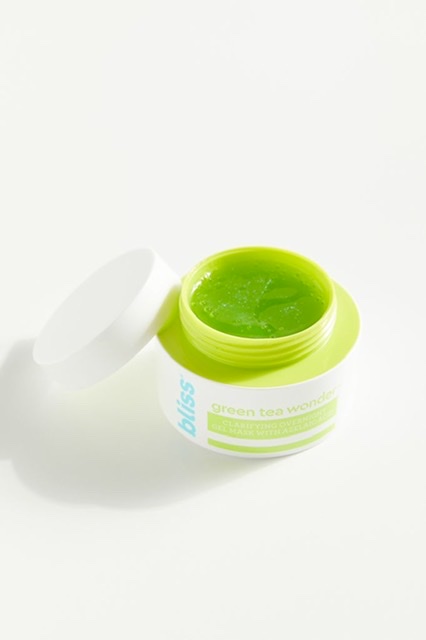
$$ Dr. Roebuck’s Uluru Purifying Mask, this unique mask uses different clays and hydrating oils to unclog the pores and control oil production for a brighter, fresher face. Be sure to follow instructions of this product as it is supposed to be used in a certain way
Spot Treatments for Acne
Sometimes, you just have one or two stubborn pimples that need extra special attention. Spot treatments come in handy to target the area and reduce inflammation quickly! Often times these work overnight to make the spot nearly disappear.
Put down the tube of toothpaste and choose one of these options instead.
Best Spot Treatments for acne:
$ Cosrx Acne Pimple Master Patch: pimple patches work great for those spots that are seemingly about to pop to control the bacteria spread
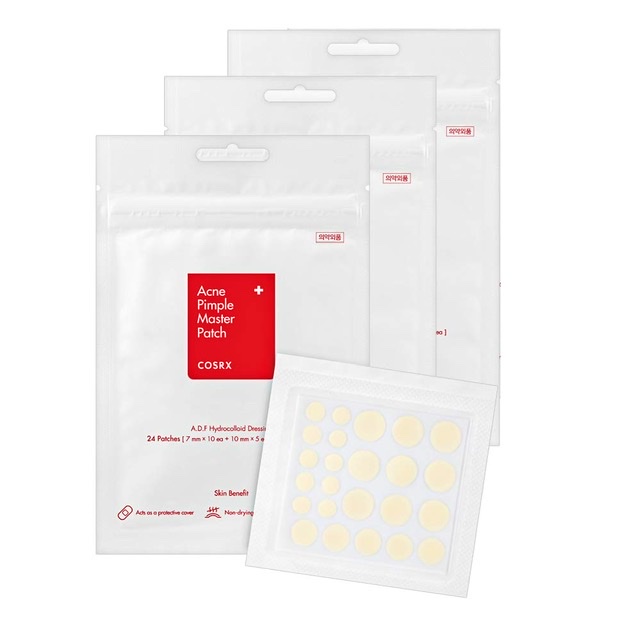
$ Mario Badescu Drying Lotion: affordable option that works well on pustules and papules, uses strong alcohol so should be placed carefully as to not dry surrounding skin
$$ La Roche Posay Effaclar Duo Acne Spot Treatment: uses benzoyl peroxide and lipo-hydroxy acid to spot treat pimples effectively, better for preventing future breakouts since it can also be used over entire face as well
$$ Renee Rouleau Post Breakout Fading Gel: lightens and fades acne scars from small blemishes and cystic acne, great for targeted skin brightening after acne has healed- should not be used on any active bumps
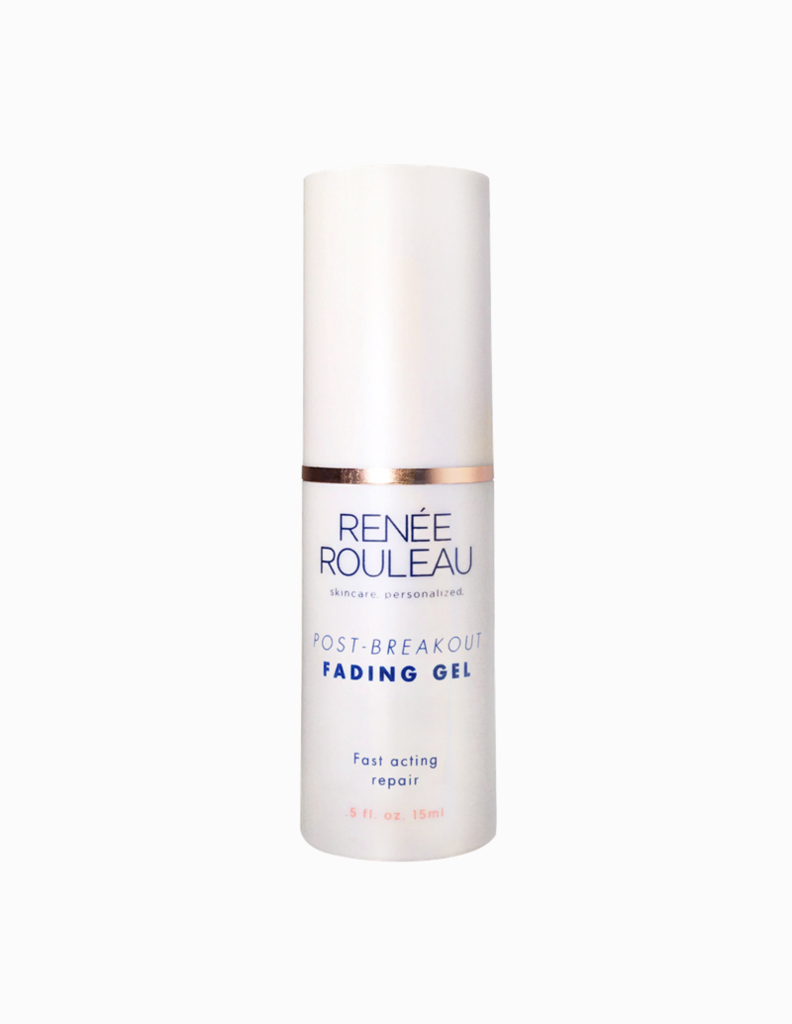
Here is an idea of what your PM Acne Skincare Routine could look like:
| Sunday | Monday | Tuesday | Wednesday | Thursday | Friday | Saturday |
| Cleanser | Cleanser | Cleanser | Cleanser | Cleanser | Cleanser | Cleanser |
| BHA toner | Clay Mask | Clarifying Serum | Hydrating Mask | Clarifying Serum | BHA Toner | Clarifying Serum |
| Moisturizer | Moisturizer | Moisturizer | Moisturizer | Moisturizer | Moisturizer | Moisturizer |
| Face Oil | Oil |
I chose to make this example as if you chose to purchase all of the add ons (spot treatments may be used every night if no irritation occurs). Obviously if you just purchased one add on product, you can simply use every other day or every couple days depending on situation as you incorporate into your new routine.
Another dreaded topic we have to add to this…THE PURGE
What is Skin Purging?
When adding actives to your acne routine, you will be increasing cell turnover. Consequently, underlying bumps come to the surface while dead skin sheds itself. The skin can become dry, flaky, and produce more breakouts. It can be difficult to know if you should keep using the products or stop.
As long as you are adding in one product at a time and not over doing it, you can fully assess your skin each day. Some days will be better than others, but be sure to not only look at the pimples. Assess: 1)hydration of the skin, 2)texture, and 3)overall tone and brightness. If you are seeing improvements, continue! If it appears much worse, you can slow the usage or stop completely and seek out different ingredients. Find what works for YOU!
Acne, I don’t love that you’re here and I want to see you gone! Who’s with me? Comment below if you are going to try out any of these acne products- thanks for reading!
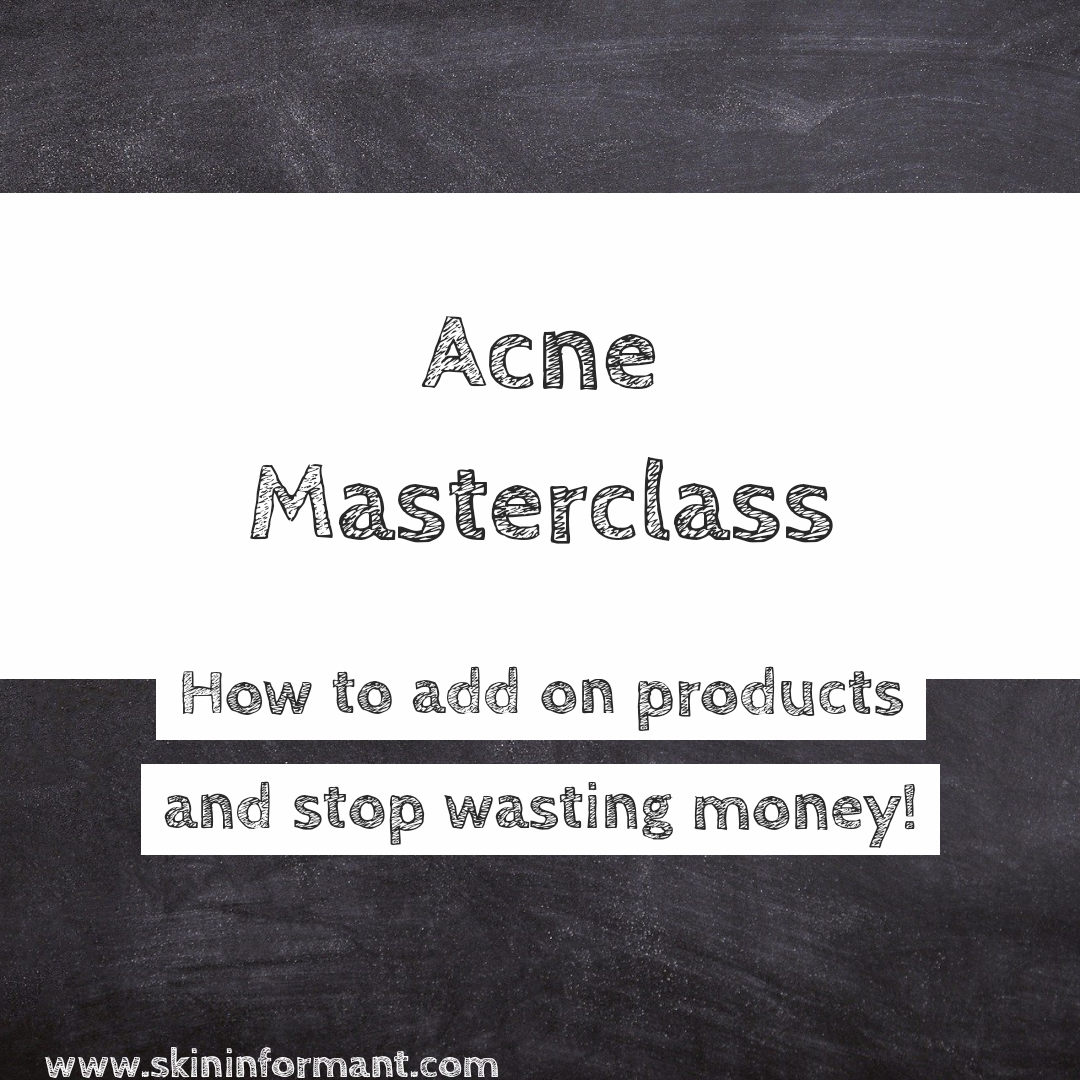

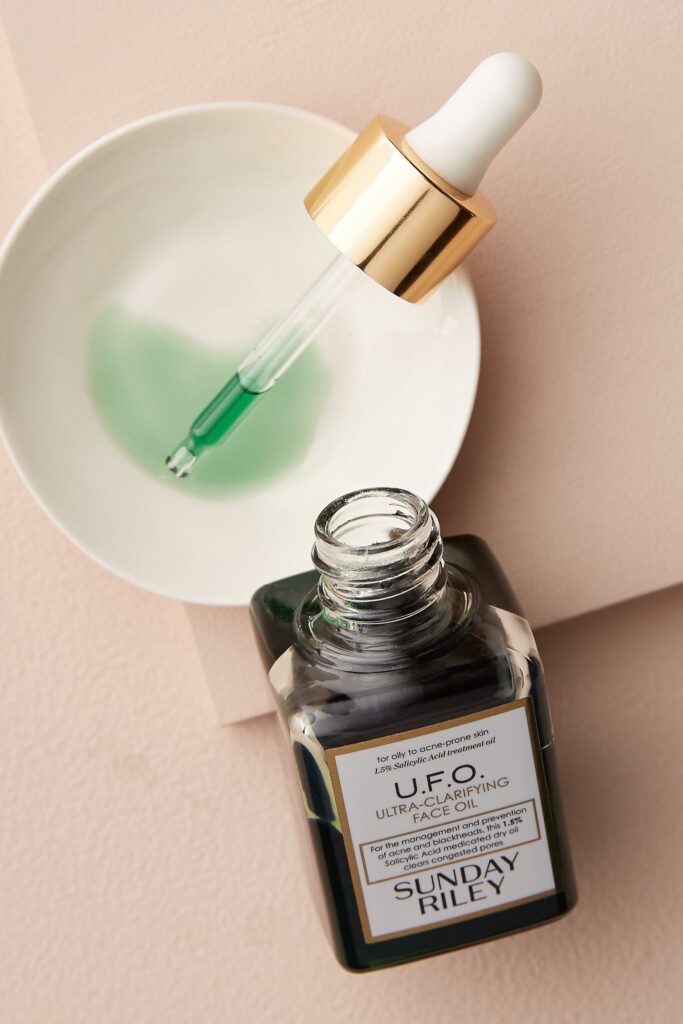
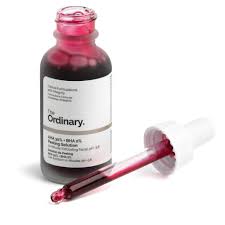
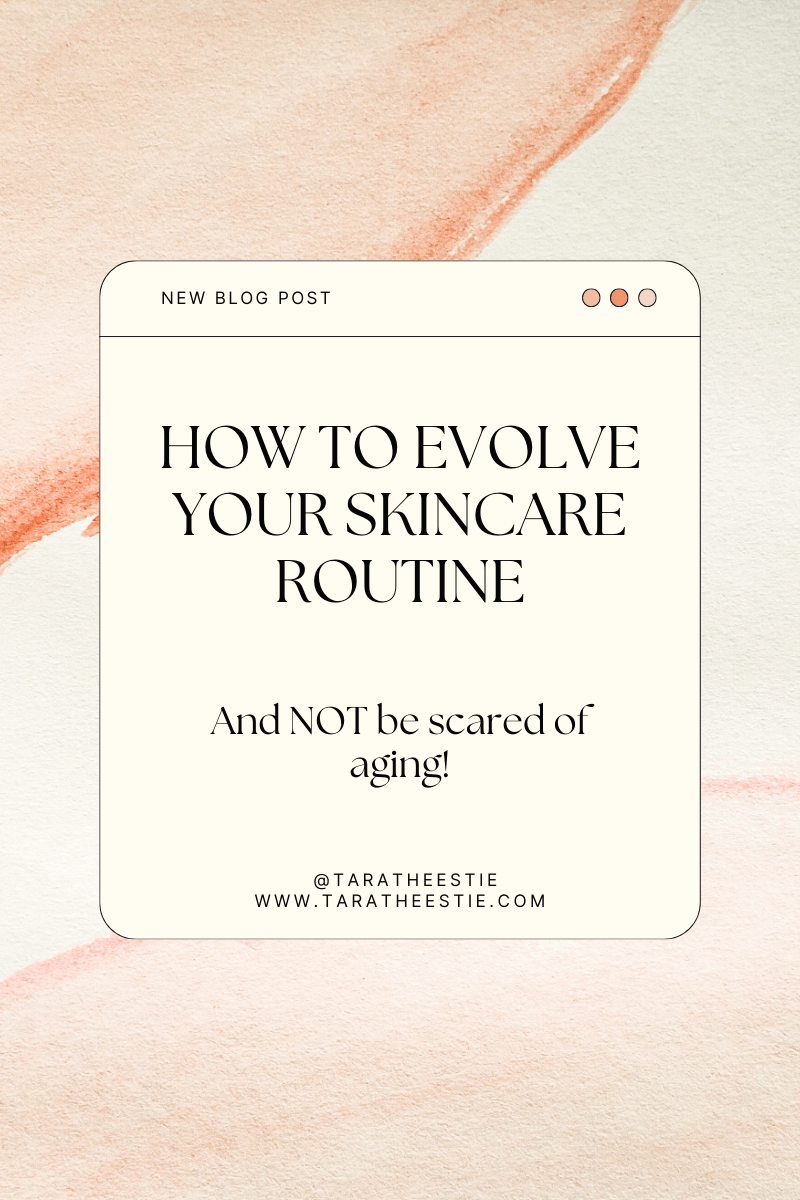
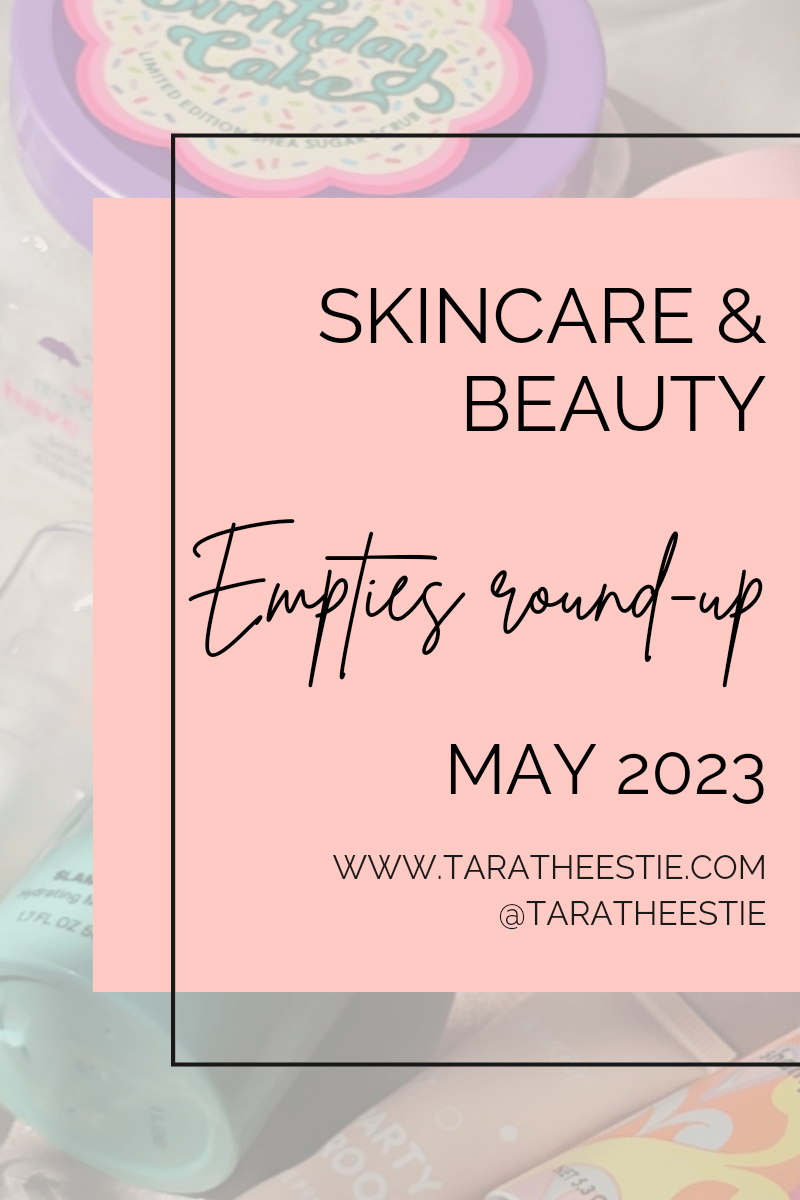
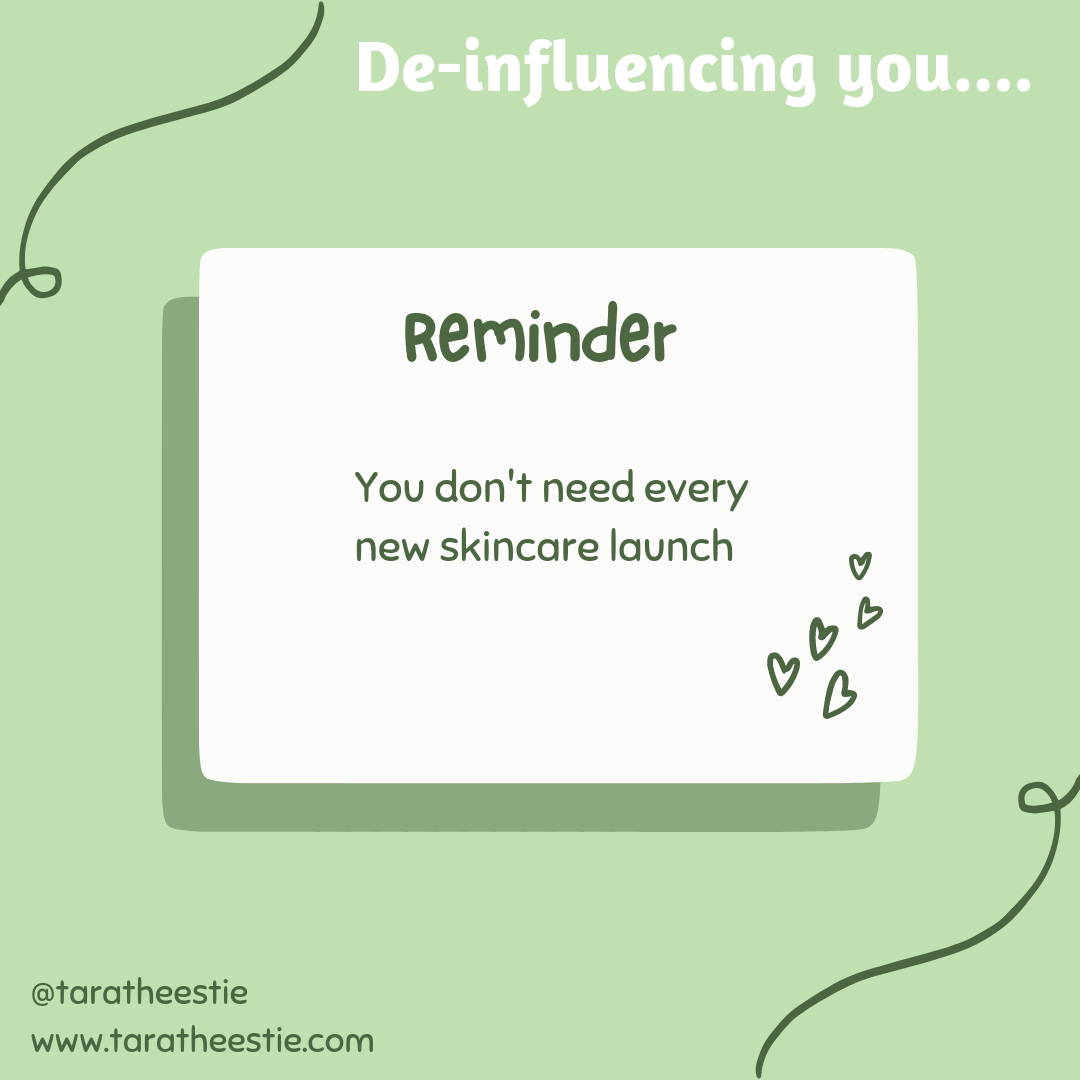

I loved this! The chart is extremely helpful!
I will be sure to include charts more often! Thanks so much for the feedback!